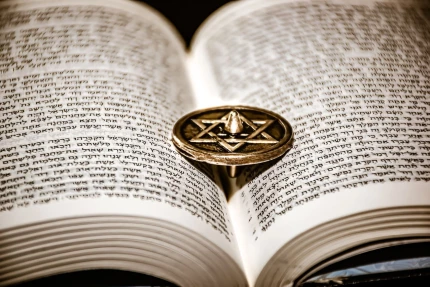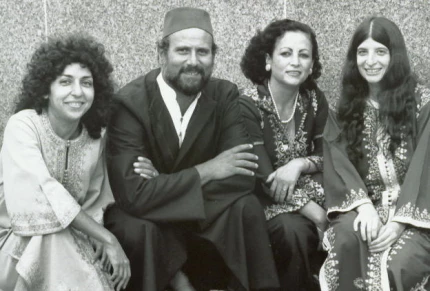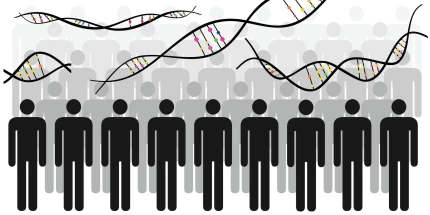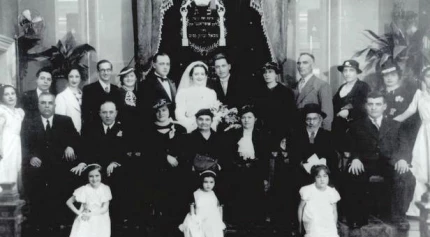Who are Sephardic Jews?
Sephardic Jews are one of the tribes of the Jewish community that trace their origin to Spain and Portugal. Their name means “Sepharad,” the Hebrew for Spain. They have a rich history and very distinct cultural practices. Read the article to learn where they come from, who are the most well-known people from the diaspora, what cultural influence they had, and what challenges they had to face.
Historical origins
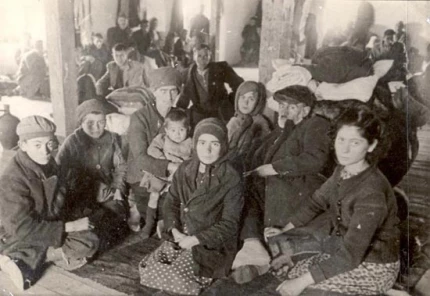
Early history in Spain and Portugal
Portuguese Sephardic Jews did very well in medieval times. They lived under both Muslim and Christian rulers. Under the Moors, they had a golden age. In Portugal Sephardic Jews were scholars, merchants, physicians, and artists. Even under the Christians, their traditions were preserved, and they continued to fare excellently.
During the period of the Muslim rule over Spain, known as Al-Andalus, Spanish Jewish population demonstrated vigorous intellectual and cultural development. They were part of the society and contributed towards philosophy, medicine, and commerce. Jewish scholars of that era included Maimonides, who would become one of the most important Jewish philosophers and legal scholars.
With Reconquista, as the Christian kingdoms were taking back Spain from the ruling Muslims, things grew harder. While initially treated tolerantly, increasing restrictions and persecutions befall them over time. In spite of all those adversities, Spanish Jews managed to survive and hold up under such pressure.
Expulsion and diaspora
The situation dramatically changed in the late 15th century. In 1492, the Catholic Monarchs Ferdinand and Isabella promulgated the Alhambra Decree, which expelled all Jews from Spain. The ones who were to remain on Spanish territory had to embrace Christianity or face fierce persecution. It was only a few years afterwards that another expulsion passed in Portugal in 1497.
The Ottoman Empire welcomed them and permitted them to move into cities like Istanbul, Salonika, and Izmir. Their other areas of settlement included Italy, Netherlands, and England. They again added to the local communities there although they never lost their distinct identity.
Cultural identity and practices
Sephardic Jews have a rich, differentiated cultural identity. Their customs and practices reflect the marriage of Jewish Law with local influences, weaving a divergent tapestry of culture. They speak Ladino, a language that is both Hebrew and Old Spanish. The language is rich with proverbs, songs, and stories. Their religious practices are marked by particular liturgical melodies, holiday customs, and ritual practices that set them apart from all other groups of Jews. Sephardic Jews celebrate all the holidays with their own customs, for example, singing traditional songs in Ladino during Passover and observing other holidays like Mimouna immediately after Pesach.
Language and literature
Religious customs
Sephardic religious customs have an individual blend of Jewish law and conditional Old Country practices. There is surely general adherence to the tenets of Judaism itself, but each community created its own liturgical melodies, holiday customs, and ritual practices. In fact, traditional songs in Ladino accompany the Passover and add to the flavor of the celebration with respect to their culture. Specific melodies and different prayers are part of their divergent traditions shaped by their historical journey and, thus, characterize their synagogue services compared to Ashkenazi Jews.
Sephardic Jews in modern times
Demographics and distribution
Sephardic Jews are dispersed all over the world. Big communities can be found in the State of Israel, the United States, France, and Latin America. In Israel, large numbers form an important part of the country’s cultural and social life. Shark Skin In America, places such as New York and Los Angeles have sizable communities. There are smaller groups in Turkey, Greece, and North Africa. Unfortunately, there aren’t many representatives of the diaspora in Europe.
The traditions have further enriched Israeli music, with many well-liked Israeli songs being Sephardic in melody and rhythm. Strong communities established in the United States by Jews are well endowed with cultural centers, synagogues, and schools that help in the preservation of their heritage. It is often involved in cultural events that celebrate its unique traditions and history, fostering a sense of community and continuity.
Cultural integration and influence
The great peculiarity with the Jews is their ability to fuse into cultures of great diversity while coexisting with their peculiarity. One can feel their influence on the local culture in food, music, and all such expressions. Sephardic cuisine is a flavorful Mediterranean and Middle Eastern cuisine. The most important dished of its rich heritage include: tagine; burekas; matbucha;
Notable figures and contributions
Jews have left their mark on history and culture with very valuable contributions they have made in their respective fields. History is rich in Sephardic leaders, probably the most famous being Moses Maimonides, a medieval philosopher, legal scholar, and physician. Sephardic Jews have made their mark on the arts and sciences through some very well-known writers, musicians, and scientists.
Prominent Sephardic Leaders
History has seen several Sephardic leaders who turned out to be pretty influential:
Influence on arts and sciences
Genetic heritage and health
The Sephardic Jewish genetic legacy has a lot to say about their history and health. Genetic findings have reflected, and continue to express, a genuinely unique mix of Middle Eastern and Iberian ancestry that has helped trace their historical migrations and origins.
Genetic studies and findings
Knowledge of these markers is vital in further medical study and treatment for better health management for the concerned population. Some of the genetic disorders common in the Sephardic populations include familial Mediterranean fever and some forms of anemia. Greater awareness of these factors means early diagnosis and better management or treatment.
Challenges and Resilience
The Jews have undergone various challenges in the course of their history but have shown remarkable resilience. They have undergone periods of persecution and suffering. The group has, however, held fast to its identity and traditions.
Historical Persecutions
Modern-day Challenges
In the modern period, Sephardic Jews have continued to struggle with issues of anti-Semitism and cultural assimilation. Modern pressures sometimes undermine the uniqueness of their traditions and practices. However, most Sephardic communities make conscious efforts to preserve their heritage through cultural programs, educational initiatives, and community events.
Organizations like the American Sephardi Federation and the World Sephardi Federation play vital roles in advocating for the preservation of Sephardic culture and history. These organizations bring forth a stipulated framework of resources informative in education, cultural exchange, and community support to help ensure that Sephardic traditions do find their way down generations. The Jews epitomize a great fusion that encompasses history, culture, and resilience. From medieval Spain down to the present age, it is a chronicle of an indomitable will and resilient cultural heritage. Through their contributions to various walks of life and bastions of tradition, Sephardi Jews continue to enrich the global tapestry of Jewish life.
an Israeli citizenship specialist
